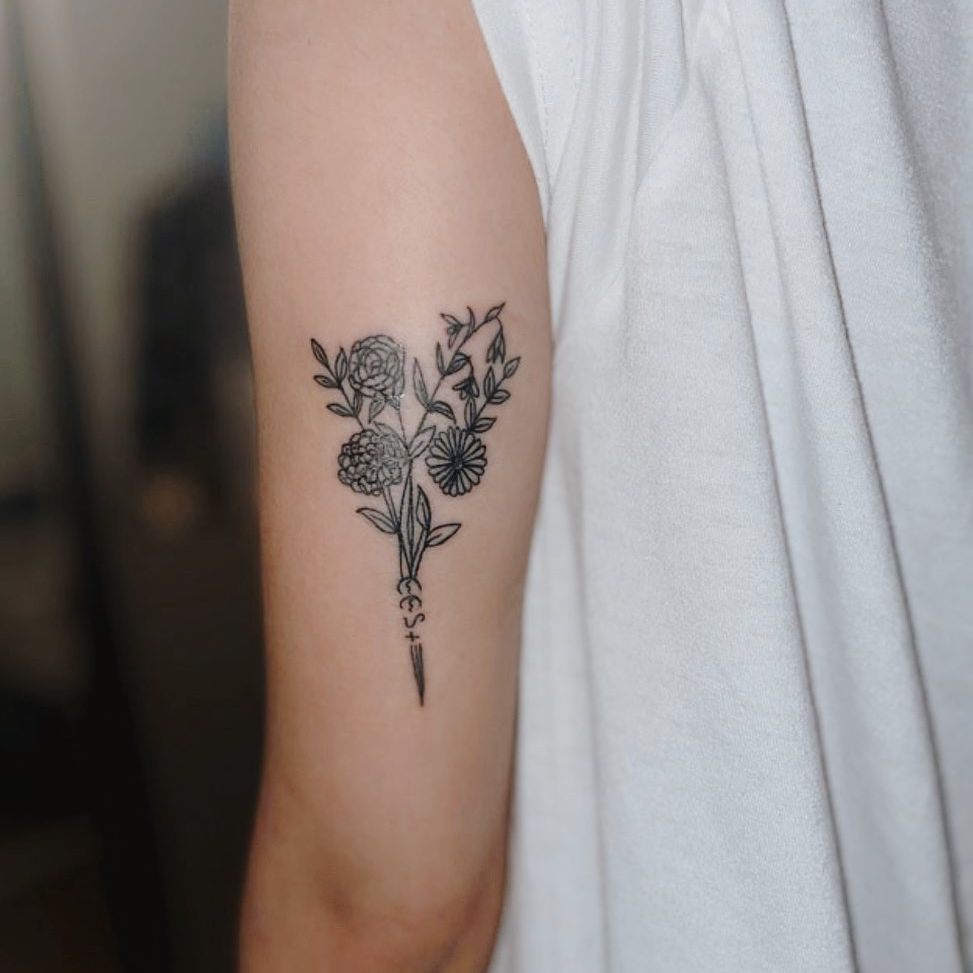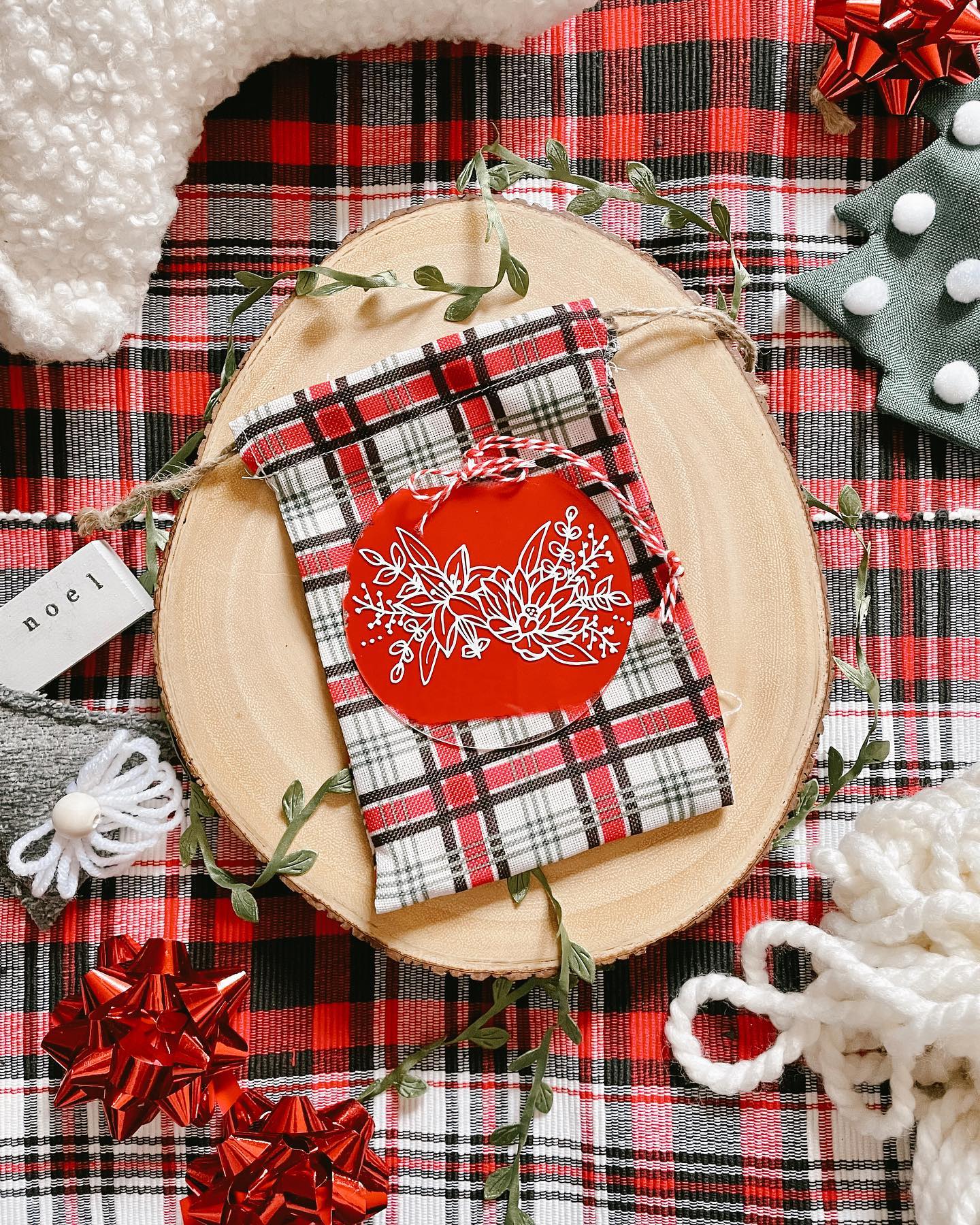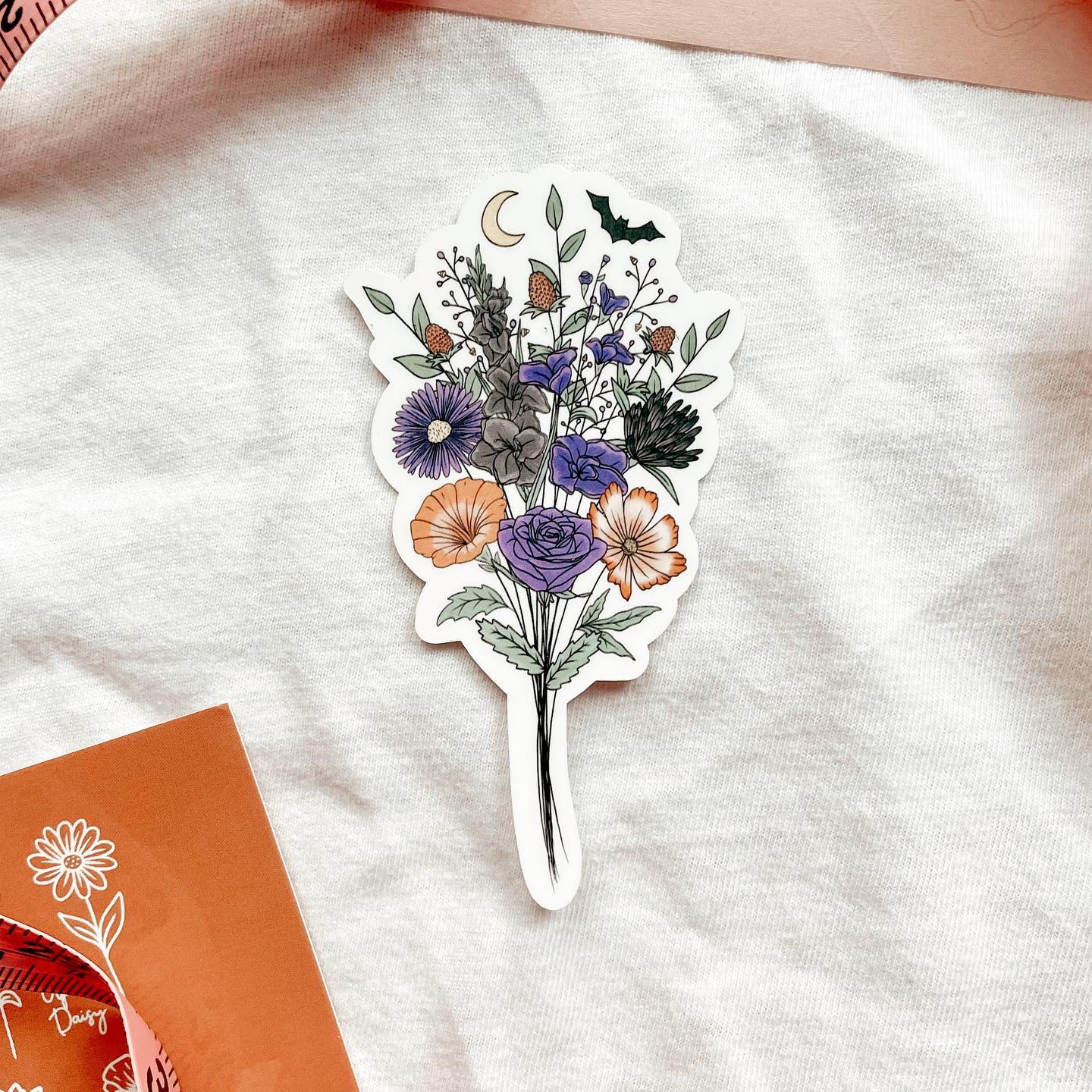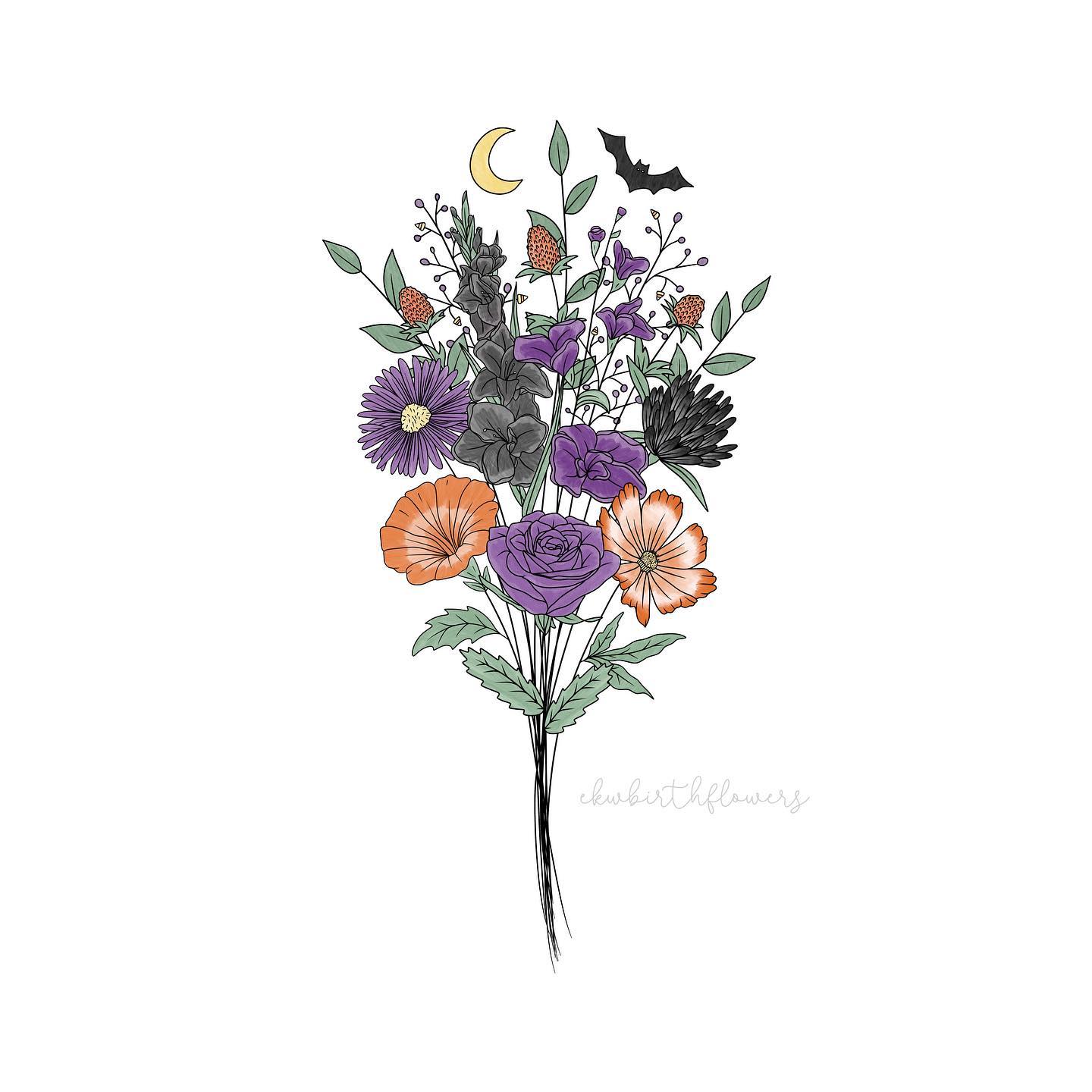
IMG BY :@birth flowers
The Timeless Allure of Flowers
Flowers have captivated human hearts for millennia. Their beauty, fragrance, and diversity have made them a universal symbol of nature’s splendor. Flowers are more than just decorative elements; they

IMG BY :@birth flowers
are imbued with meaning and tradition. Each flower tells a story, represents emotions, and connects us to the natural world in profound ways. Among the myriad ways flowers have influenced human culture, birth flowers hold a special place. Much like birthstones, each month of the year is

IMG BY :@birth flowers
associated with a specific flower, each carrying its unique meanings and traditions. This connection between flowers and birth months offers a beautiful and personal way to celebrate one’s birth, making birth flowers a cherished symbol in many cultures.

IMG BY :@birth flowers
Birth flowers are flowers that correspond to each month of the year, each with its own symbolic meanings and historical significance. These flowers are believed to reflect the characteristics and traits of individuals born in their respective months. The tradition of birth flowers is an ancient one,

IMG BY :@birth flowers
The tradition of associating flowers with specific months dates back to ancient civilizations. In ancient Rome, flowers were often linked to gods and goddesses, each carrying its own symbolic meaning. The Victorians further developed the language of flowers, or floriography, using intricate bouquets

IMG BY :@birth flowers
Floriography, the language of flowers, was especially popular in the Victorian era. During this time, flowers were used to convey messages that words could not. Each flower, and even its color, had a

IMG BY :@birth flowers
specific meaning. This secret language allowed individuals to express their feelings and emotions in a subtle and nuanced way. The tradition of birth flowers is deeply connected to floriography, with each birth flower carrying its own unique symbolism.

IMG BY :@birth flowers
January’s birth flower is the carnation. Known for its ruffled petals and spicy fragrance, the carnation symbolizes love, fascination, and distinction. In some cultures, carnations are also associated with motherly love, making them a popular choice for Mother’s Day. White carnations represent pure love

IMG BY :@birth flowers
Carnations, scientifically known as Dianthus caryophyllus, are herbaceous perennial plants. They have been cultivated for over 2000 years and are native to the Mediterranean region. Carnations are known for their fringed petals and a wide range of colors, including red, pink, white, yellow, and purple.

IMG BY :@birth flowers
Carnations have a rich history and have been cultivated since ancient times. The name “Dianthus” comes from the Greek words “dios” (meaning divine) and “anthos” (meaning flower). In ancient Greece, carnations were used in ceremonial crowns and garlands. During the Renaissance, they were

IMG BY :@birth flowers
In modern times, carnations are widely used in floral arrangements, corsages, and boutonnieres. They are the official flower of Mother’s Day in the United States and are often associated with expressions of love and admiration. In Korea, carnations are used to celebrate Parent’s Day.

IMG BY :@birth flowers
Carnations can be used in various ways to enhance daily life. They are popular in floral arrangements and can add a touch of elegance to any room. Carnations are also used in perfumes and essential oils due to their pleasant fragrance. In gardening, they are a popular choice for borders and flower

IMG BY :@birth flowers
February’s birth flower is the violet, a delicate bloom that symbolizes faithfulness, humility, and spiritual wisdom. Violets are often associated with modesty and simplicity, their small, heart-shaped leaves and vibrant purple petals offering a splash of color in the winter months. Historically, violets

IMG BY :@birth flowers
Violets belong to the genus Viola, which includes about 500 species. They are herbaceous perennial plants that are native to the temperate Northern Hemisphere. Violets are known for their distinctive heart-shaped leaves and five-petaled flowers, which can be purple, blue, white, or yellow.

IMG BY :@birth flowers
Violets have a long history of cultivation and use in various cultures. In ancient Greece, violets were associated with the goddess Aphrodite and were used in love potions. In Roman times, violets were used in wines and medicinal remedies. The violet has also been a symbol of modesty and virtue in

IMG BY :@birth flowers
Violets have a long history of cultivation and use in various cultures. In ancient Greece, violets were associated with the goddess Aphrodite and were used in love potions. In Roman times, violets were used in wines and medicinal remedies. The violet has also been a symbol of modesty and virtue in

IMG BY :@birth flowers
Violets are widely appreciated for their beauty and fragrance. In addition to their ornamental use, violets are also used in the culinary world. Violet flowers and leaves are edible and are often used in salads and desserts. Violet syrup and candies are popular in French cuisine.

IMG BY :@birth flowers
Daffodils have been cultivated for centuries and have a rich history in various cultures. In ancient Greece, daffodils were associated with the myth of Narcissus, a young man who fell in love with his reflection and was transformed into a flower. In the Victorian era, daffodils symbolized chivalry and


















